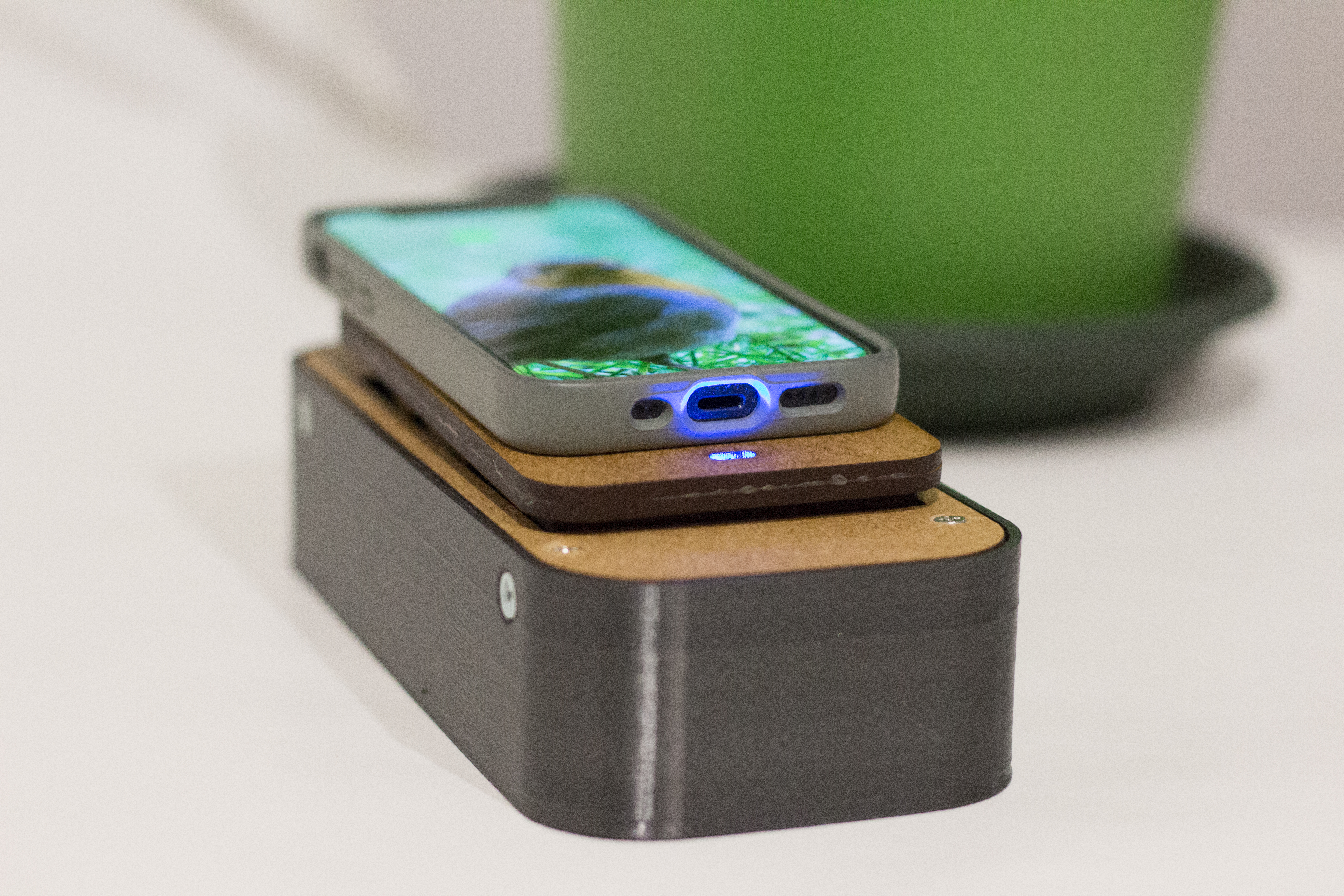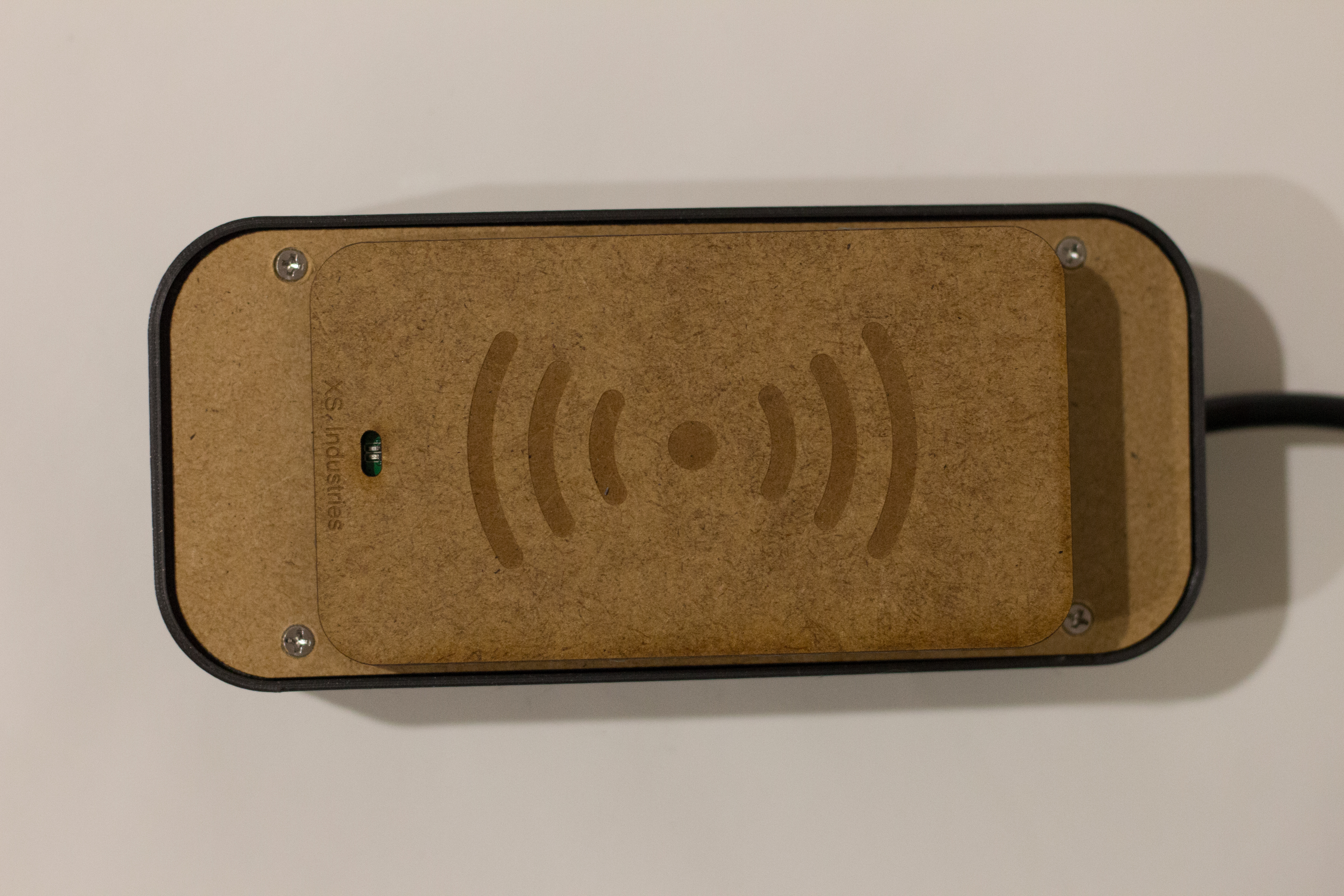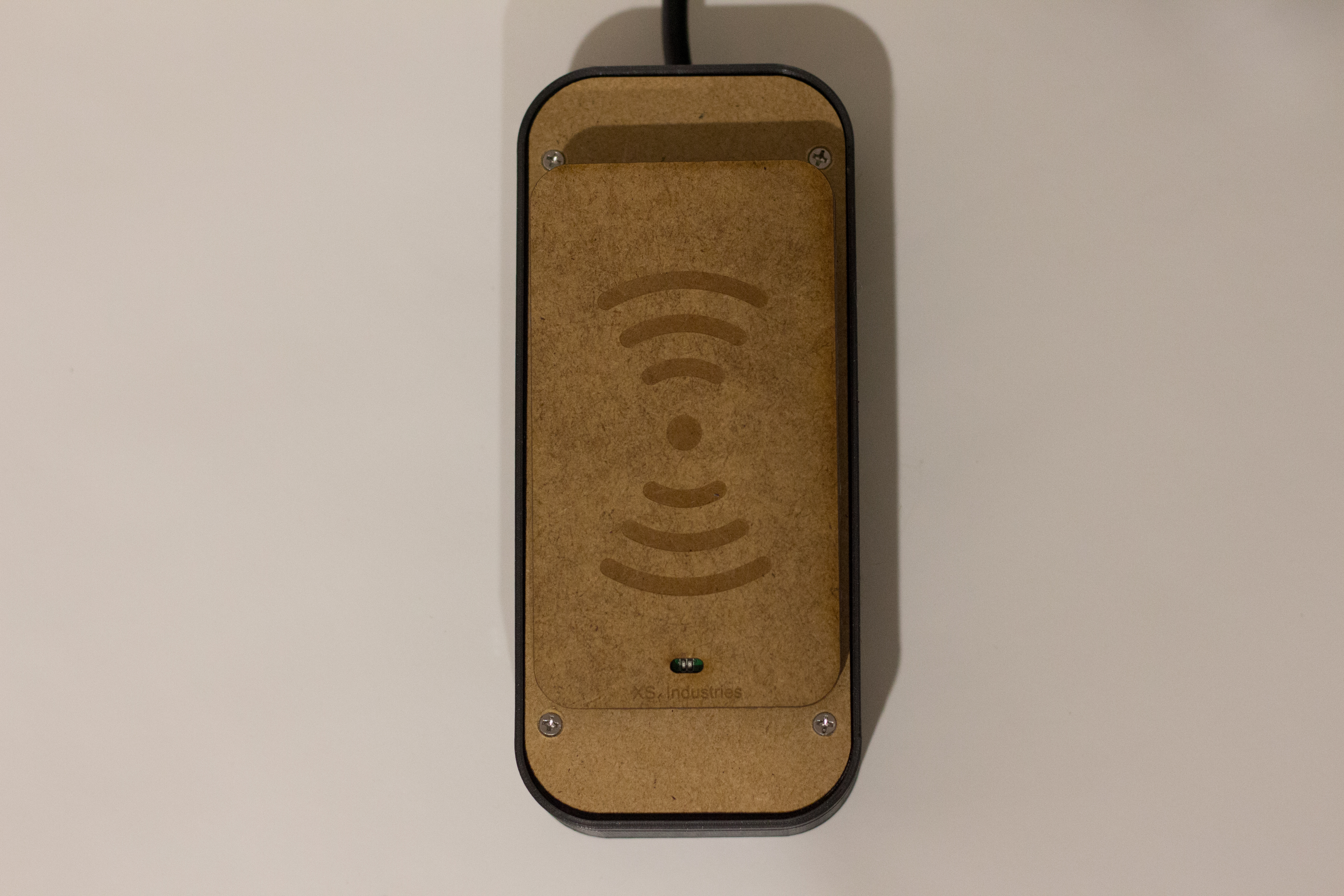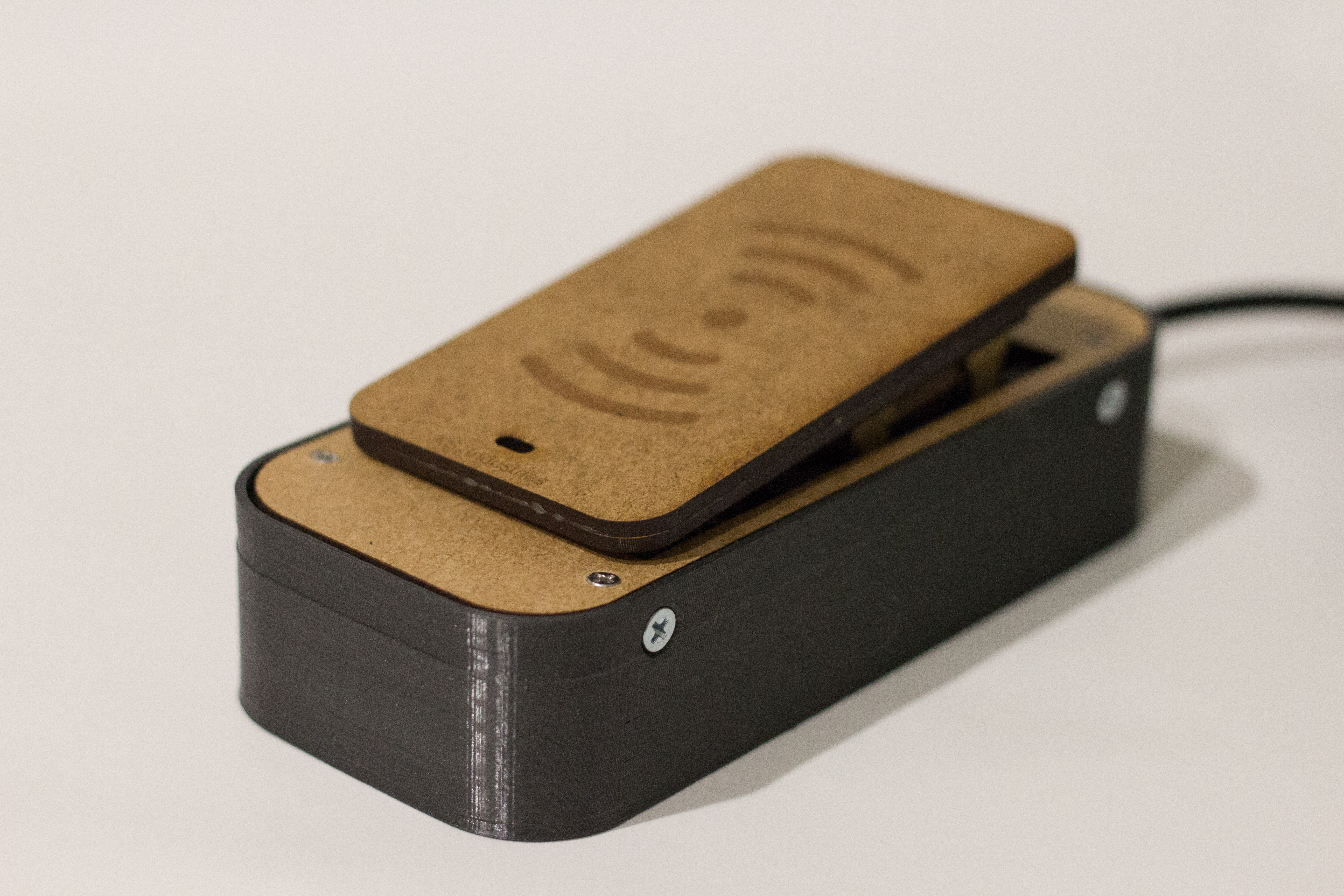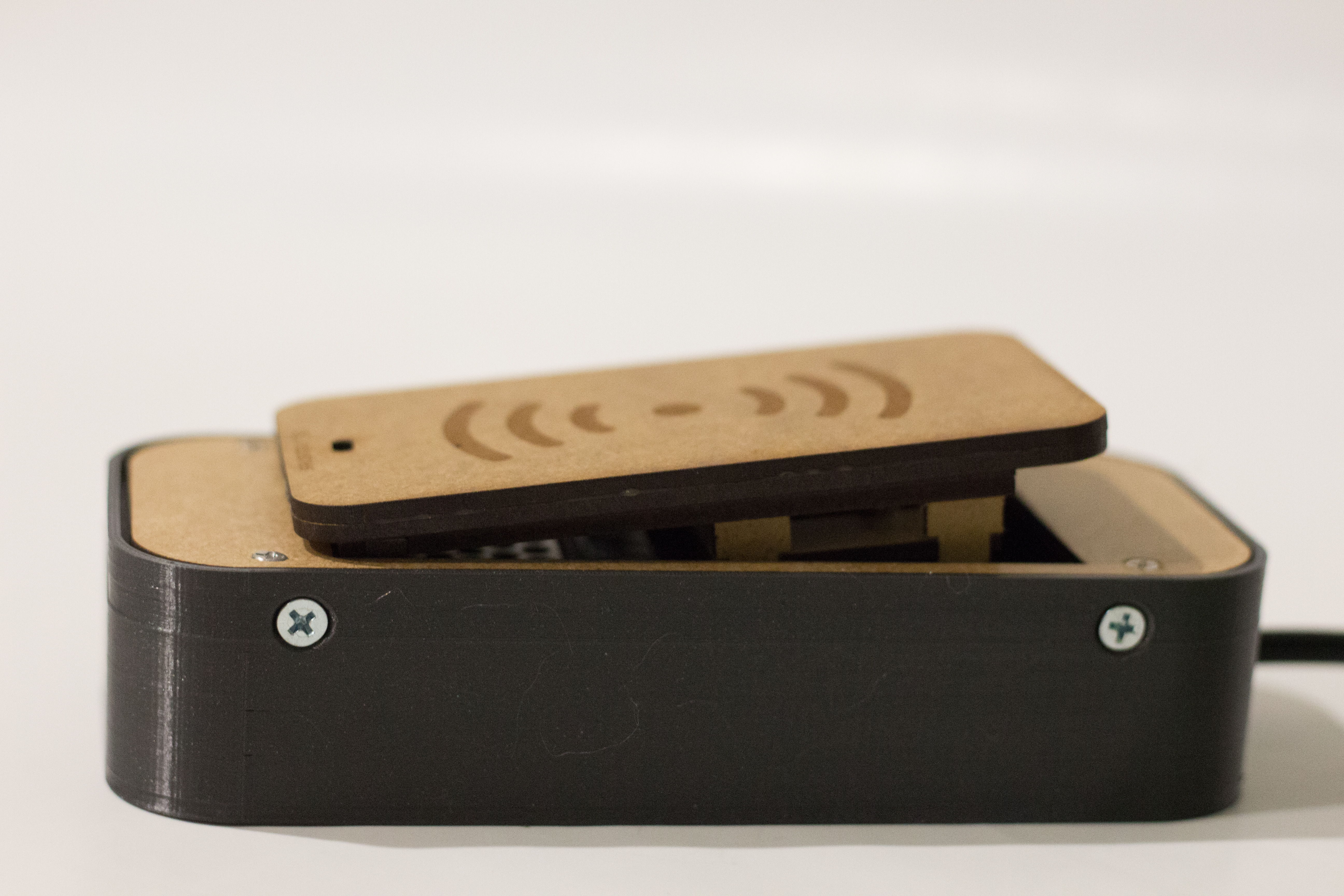Wireless Charger
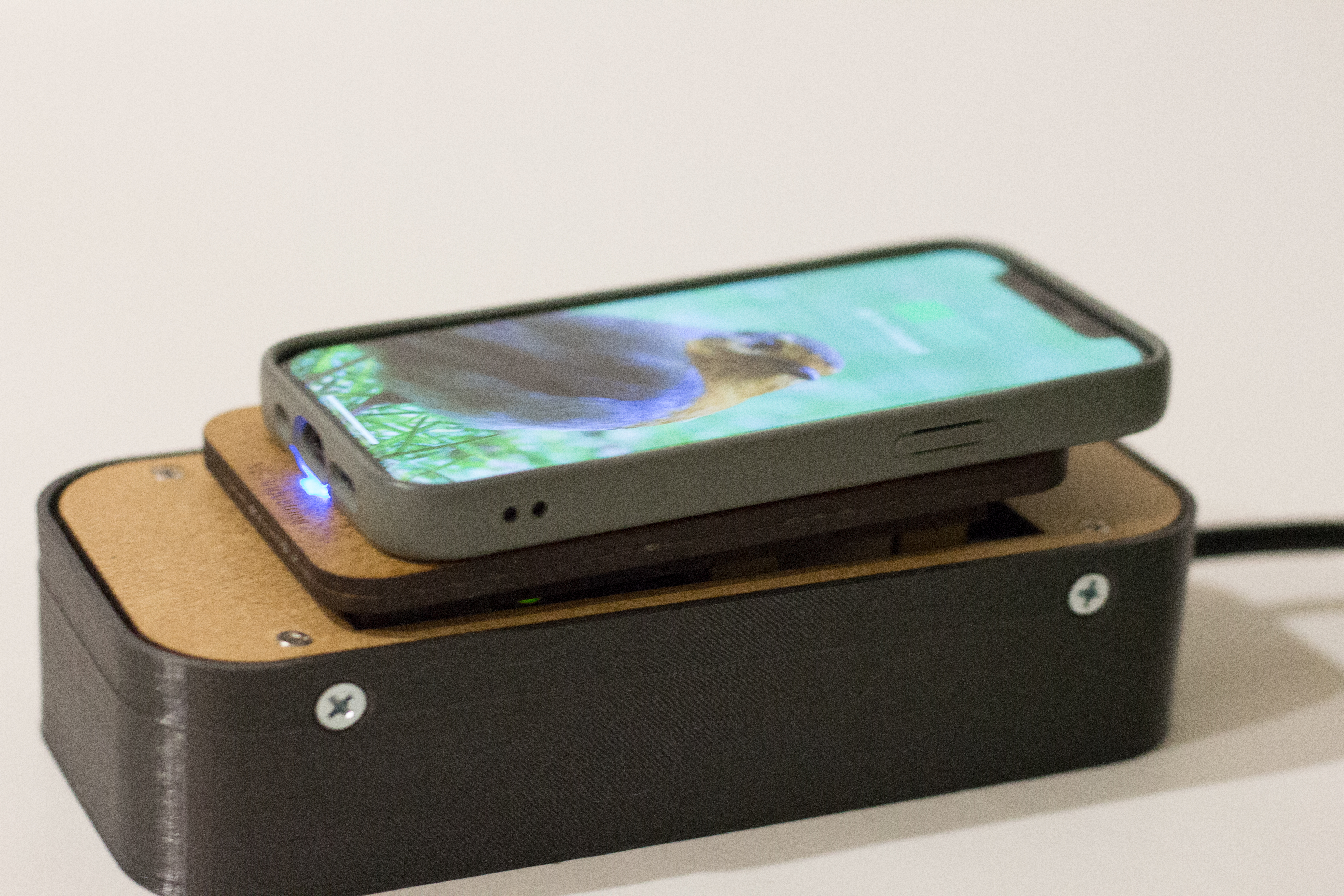
Description
A wireless charger is a device to charge smartphones or other electronic products. This technology uses induction coils to transfer the energy from a transmitting coil to a receiving coil.
Context
I use my phone every day as 5,9 billion other users, and to charge my phone, I use my regular wire charger.
Once my phone is completely charged, I dis plug the charger from my phone but I sometimes forget to dis plug it from the wall outlet.
A regular charger which is plugged into the wall but is not working, consumes energy (0,3Wh). So, if I let it plugged in 24h per day, at the end of the year it would make a lot of waisted energy.
That’s why I made the wireless charger that switches of when the phone is removed.
Steps
Choosing the wright components
First of all, I had to chose one of the many wireless charging modules that exist. Since I’m not looking for fast charging, I could choose a module which needs less input current. So I took a 5V and 2A module with a charging current of 1000mAh.
After this, I had to chose a power supply according to the specs of the wireless charging module. So I chose a 5v and 3A DC power supply to make sure it could handle the 2A required by the module.
Mechanism
With these two components, the charger could already work. But the goal is to be able to turn it of when not needed. That’s why I first came up with this idea :
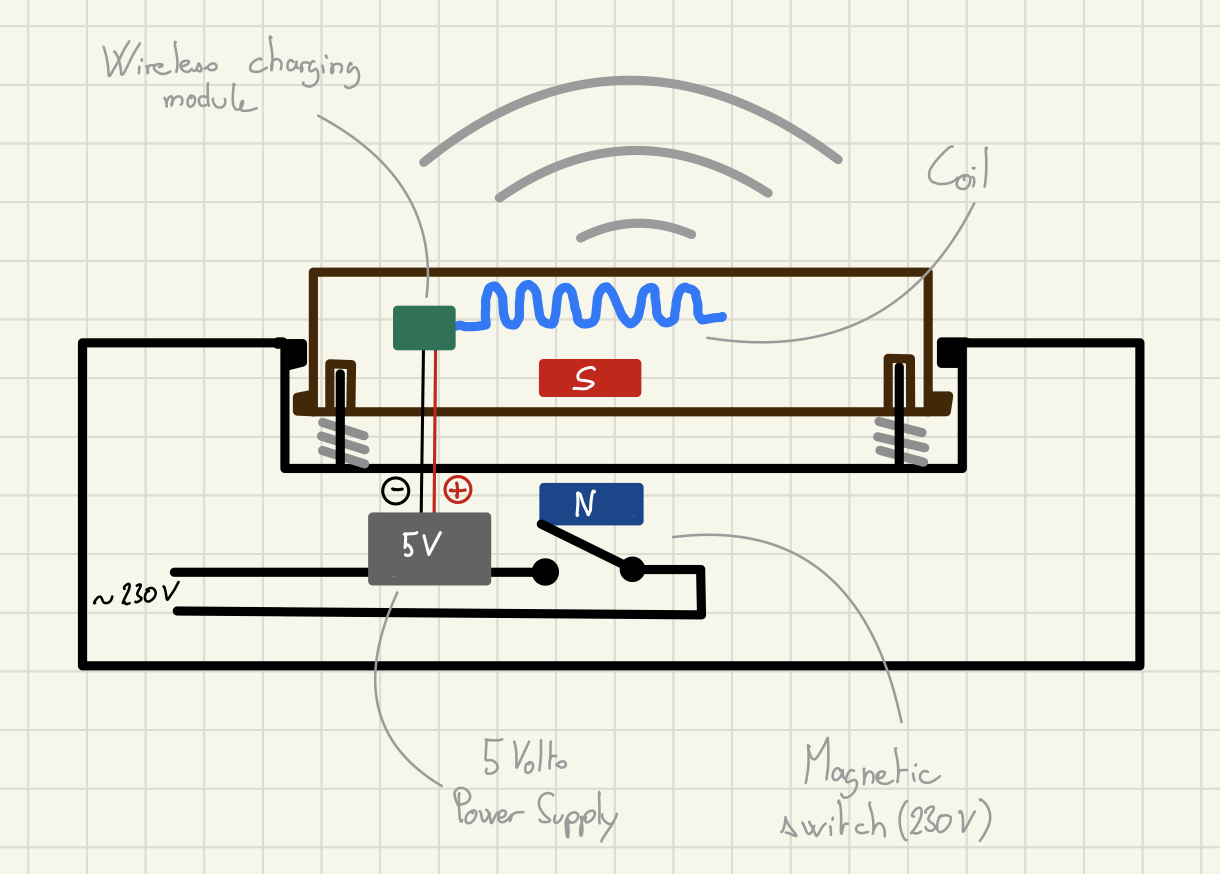
As we can see on this schematic, there is a base and a mobile part which is mounted on springs. The idea is to put the smartphone on the mobile part which by its own weight lowers and closes an magnetic switch. In this application, a magnetic switch can be a good idea since its plugged on 230V and we don’t want any sparks that could be caused by a mechanical switch.
However, this mechanism had some issues.
First, I was going to use four springs but my phone’s weight is 189gr so even with really light springs, the phone wouldn’t have lower. Secondly, the magnetic switch will not work properly in this setup because there is not much travel :
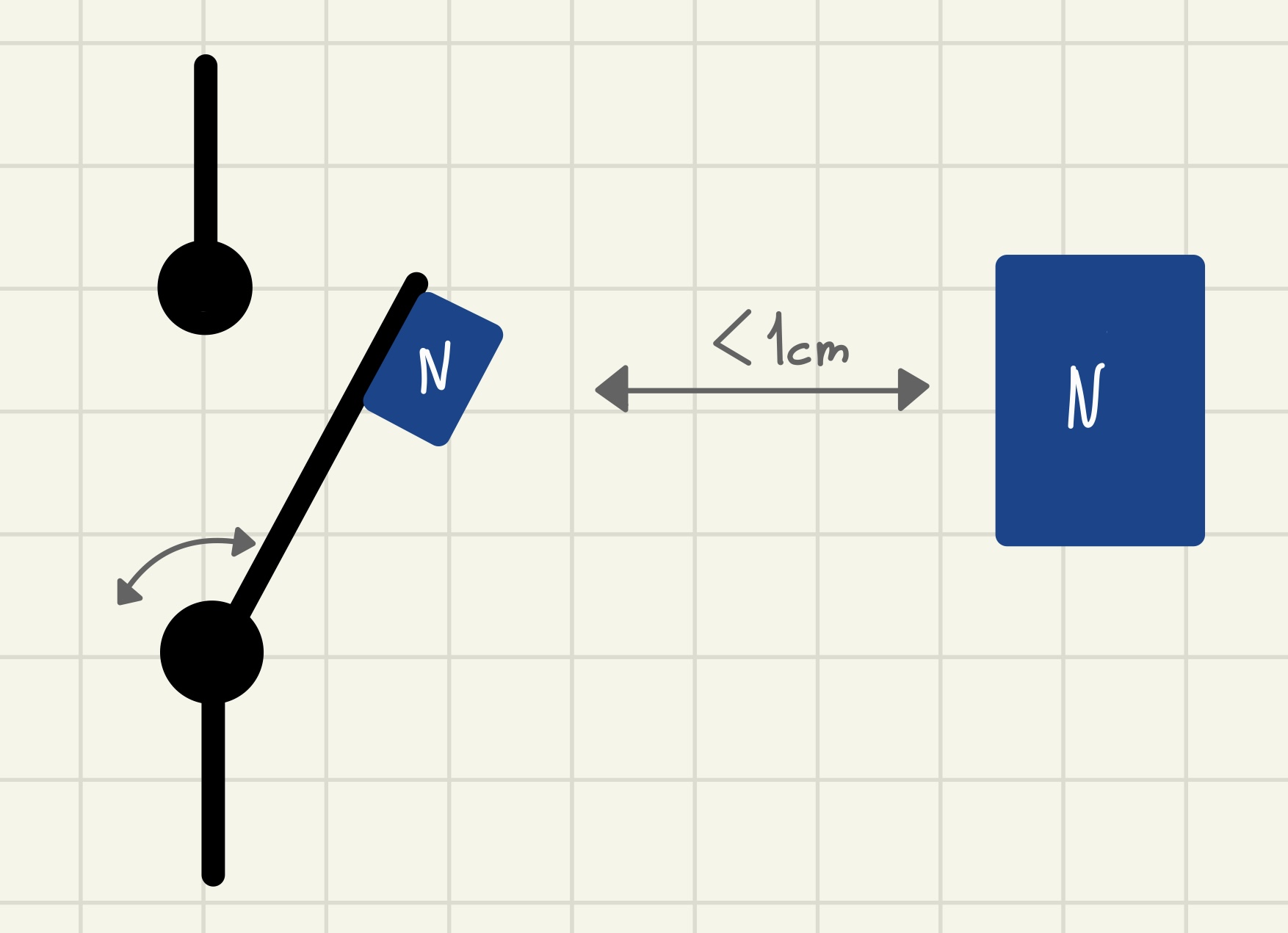
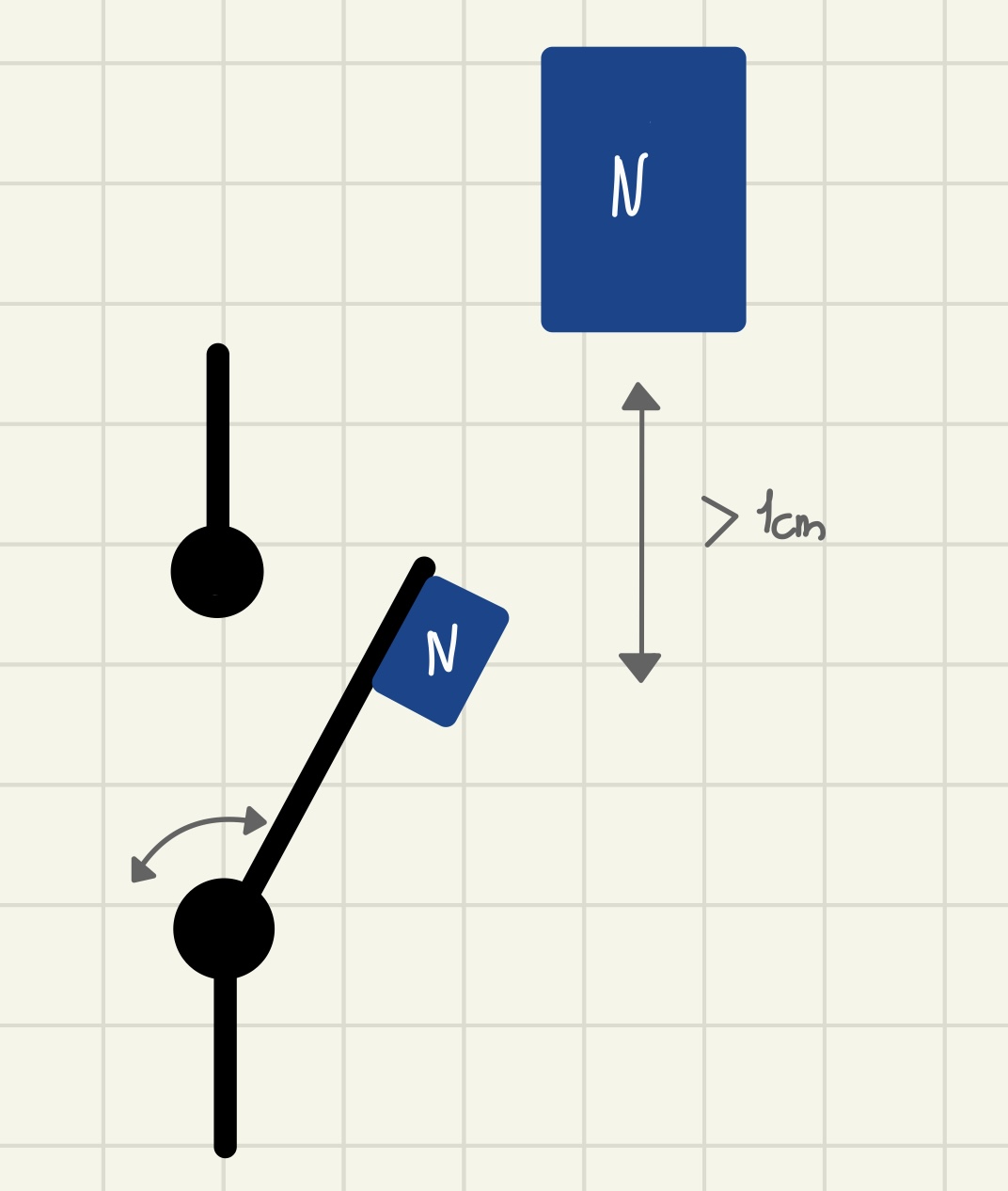
As we can see, the second option allows less travel but works the same. So I had to figure something else and I came up with a new idea :
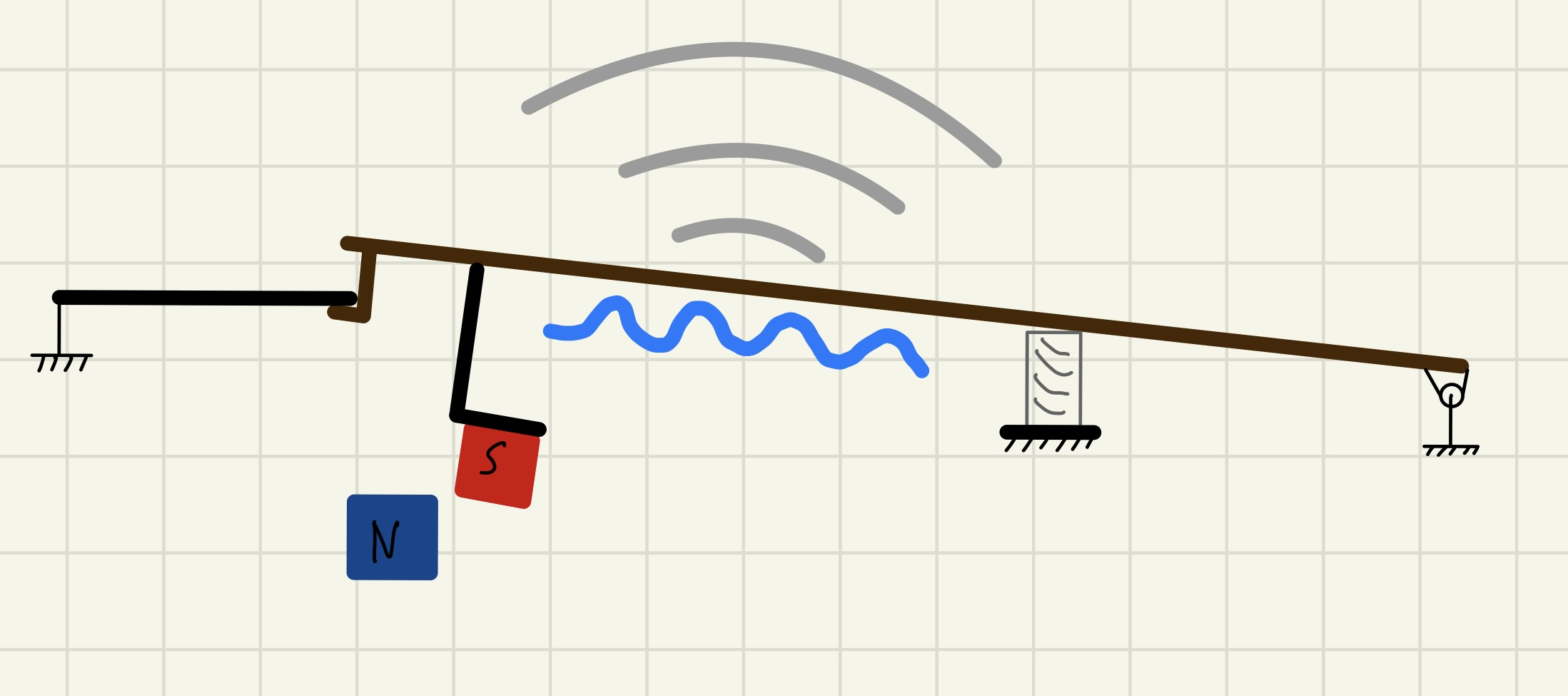
It works basically the same, but it uses only one spring and the problem of the magnetic switch is solved. And instead of using a translation movement, it used a rotation movement thanks to a pivot point.
Conception
Now that I’ve chosen the right components and figured the right mechanism out, it was time for 3D modelling on Fusion 360.
I recently created my own CO2 laser cutter (clic here to learn more) so I can now obtain parts way faster than by using my 3D printers. That’s why I privileged laser cutting over 3D printing while doing the conception.
Here is a global view of the charger:
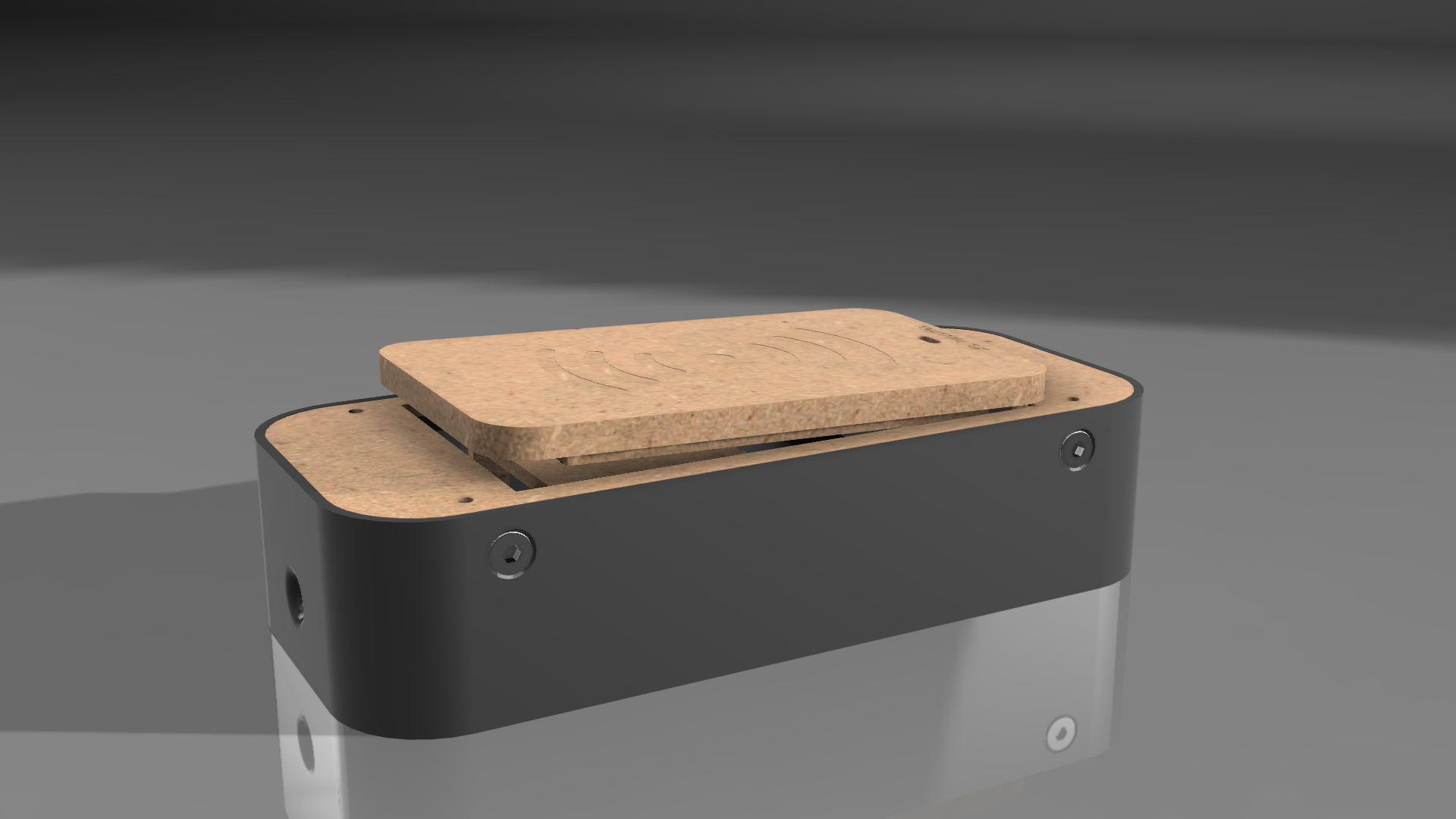
The main housing is made out of recycled PLA plastic and almost all the other parts are made out of 3 mm MDF wood.
Here is a half view of the assembly (with out the electrical components) :
Fabrication
Once all the part were drawn on the cad software, it was time for 3D printing and laser cutting.
The fabrication process went fast thanks to the laser cutter. And when all the parts were done, I could start the assembly and the wiring.
The wiring is not complex at all, since there are only three electrical component, the power supply, the magnetic switch and the wireless charger module.
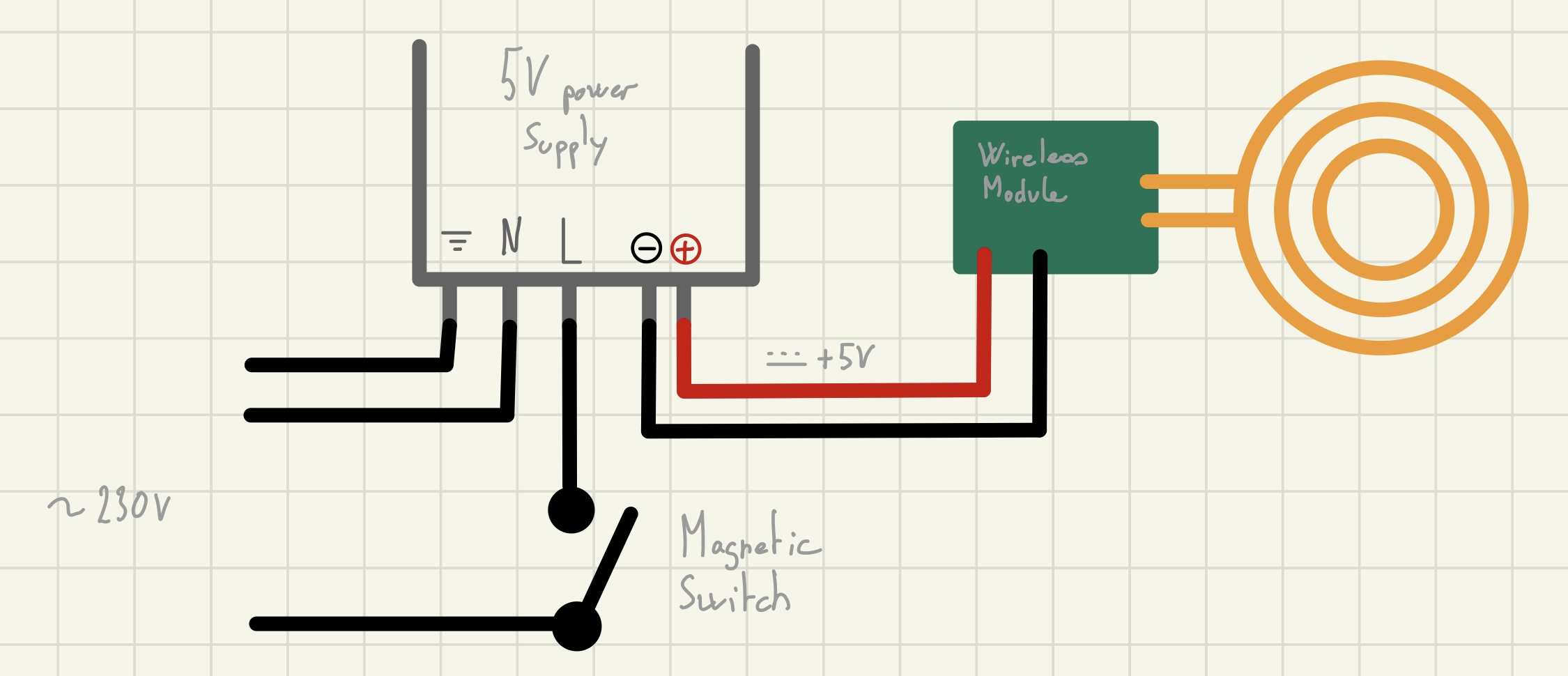
Consumption estimation
Once the product completely finished, I could proceed to tests and conclusions. Since de beginning, my main question was : can it save more energy than a regular wire charger?
I did some math to find out how much energy can the wireless charger save after one year :
First, according to the characteristics of my phone, its battery has a capacity of 3000 mAh. The input voltage of the wireless module is 5V and I’m assuming that I charge my phone 2 hours per day. The efficiency of the wireless charging module is 80%.
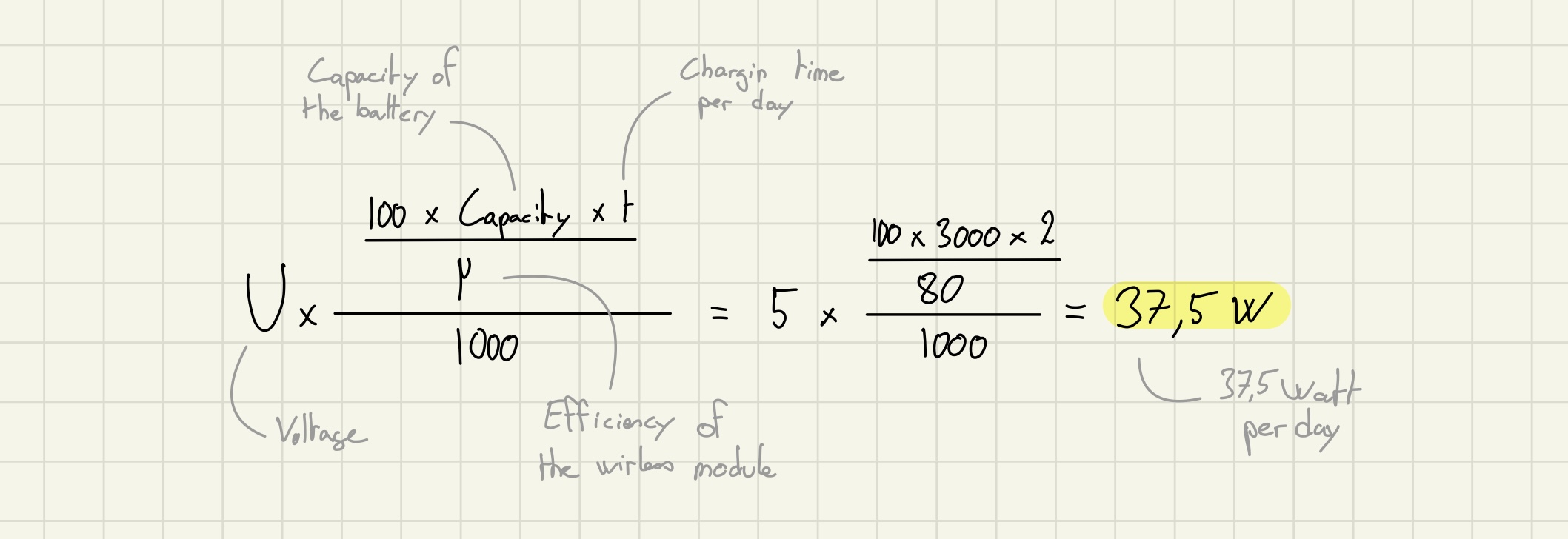
As the charger doesn’t require energy when the phone is removed, it’s daily consumption is 37.5 W.
On the other side, the regular charger’s consumption when its not in use but plugged in, is 0.3Wh. As there is 24 hours a day and that I’m charging it 2 hours per day, the charger will be useless 22 hours in a day. And a wire charger is not perfect either, it has an efficiency of 92%.
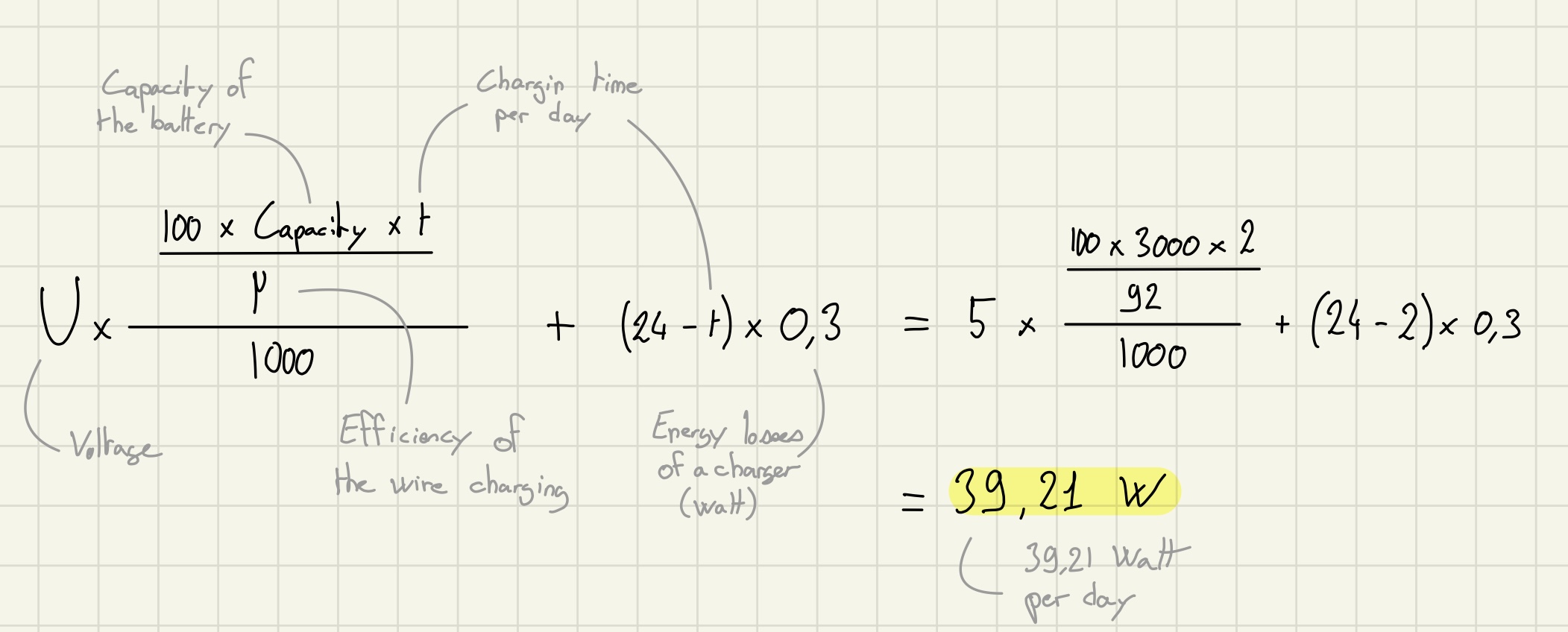
With this equation, we can see that the regular charger consumes more energy as it needs 39.21W.
Now lets see what it represents at the end on one year:
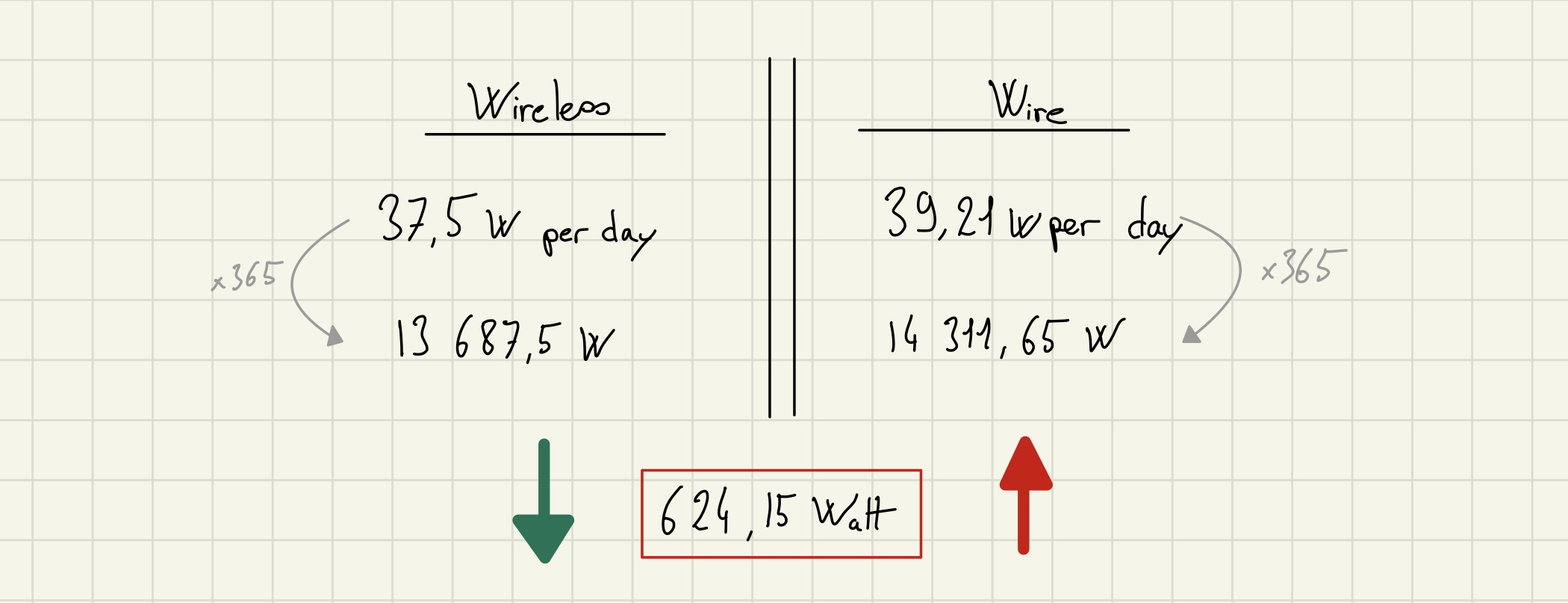
We can now see that the wireless charger is using a little bit less energy than a regular charger (624.15 Watt per year). However, if we take good care of diss plugging a regular charger after use, it would of course use less energy than the wireless charger.


